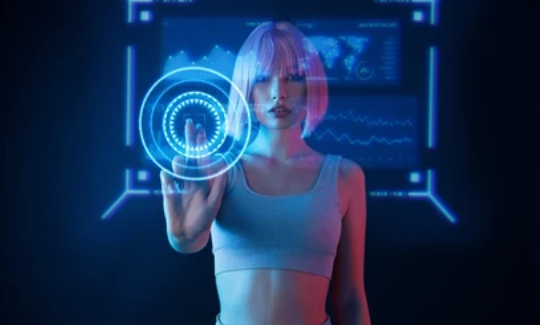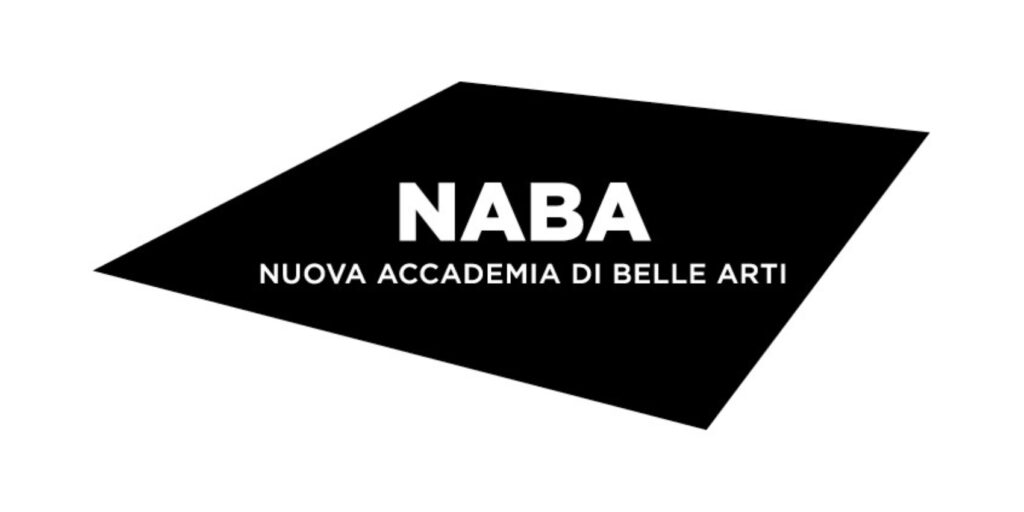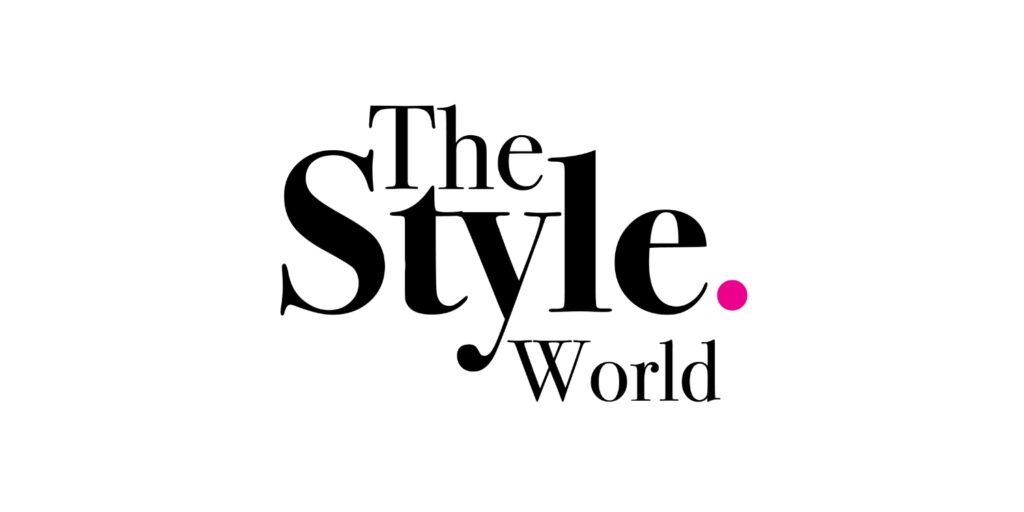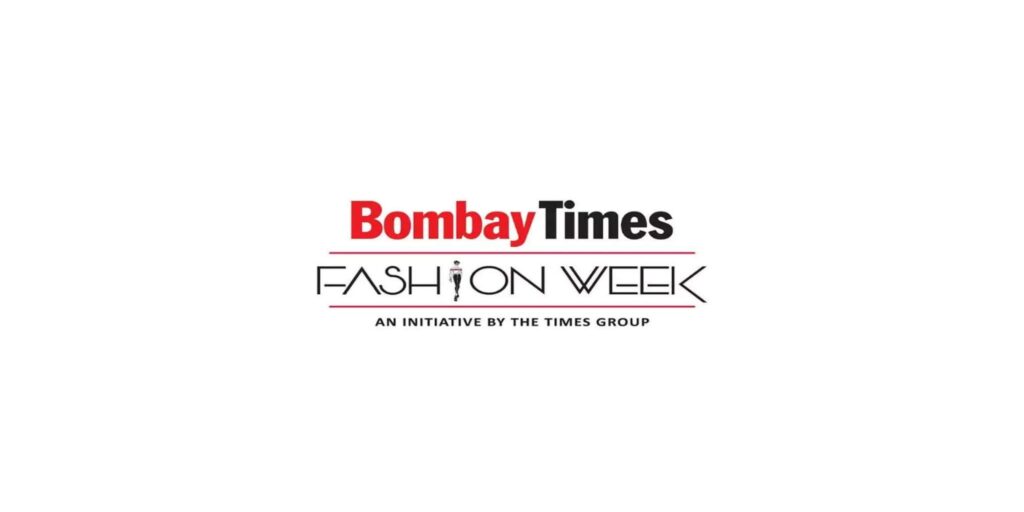Fashion Forward: How AI is Revolutionising the Industry

Our lives, our work, and our play are transforming thanks to Artificial Intelligence! It has enabled machines to be capable of learning and performing tasks on their own.
How does AI revolutionise the fashion industry, which is heavily influenced by instinct and creativity? What are some of the opportunities that Artificial Intelligence holds for the fashion industry? Can Artificial Intelligence significantly impact the fashion industry? Our purpose in this article is to learn the fashion forwards that describe how artificial intelligence (AI) is revolutionising the fashion industry.
Introduction
In spite of the fact that AI in fashion has not yet achieved critical mass, it is on its way there and will probably have a positive impact on everything from design to manufacturing.
With AI-powered technologies, brands like H&M, Nike, and Tommy Hilfiger are optimising supply chains, enhancing in-store experiences, and improving overall customer experiences. In addition to using data from stores, websites, mobile apps, and loyalty programs, merchandising teams are increasingly analysing insights from social media, customer reviews, and fashion forums to update the entire stock on a regular basis.
It is so extensive that even tech giants like Google and Facebook are recognizing AI’s enormous potential in fashion.Facebook has unveiled Fashion++, an AI-powered fashion companion. Likewise, Google collaborated with Versace to reinvent JLo’s iconic dress.
Fashion Forward: How AI is Revolutionising the Fashion Industry?
AI will play a significant role in the apparel industry, so it is not surprising that it will become a significant player. In order to understand how AI is revolutionising the fashion industry, you should consider these top impact ways. The following list will incorporate the areas in which AI will likely have a significant influence on the fashion industry:
- Management of inventory & demand forecasting
Over the last two decades, fast-fashion brands such as Zara and H&M have disrupted the traditional apparel industry by reducing the time from design to store from several months to a few weeks and sacrificing quality for lower prices. As a result, this model needs to be able to predict where the market is headed, as well as understand current fashion trends, customer preferences, and a deep understanding of current fashion trends. By not doing this, they run the risk of having unwanted inventory, discount sales, and losing money.
In the industry, AI could generate billions of dollars in cost savings across procurement, supply chain, logistics, returns, and in-store theft.
However, due to their reliance on historical sales data and limited data sets, demand forecasting techniques have not always been accurate. It is possible to reduce demand forecasting errors by 50% with the help of machine learning and artificial intelligence technologies that combine information from multiple sources.
- The automation of manufacturing
So far, robots have had trouble handling limp and flexible fabrics in automated apparel manufacturing. As the name suggests, the robotically sewn garment was created by a generic robot that learned how to use a sewing machine through machine learning algorithms. A few hours of design-to-store time can be achieved through automated manufacturing coupled with accurate demand forecasting methods.
- Voice-activated virtual assistants
Choosing the right fit and style for customers without having to search through thousands of products is a major concern for fashion brands. Digital stylists and chatbots are now available to customers, allowing them to get style tips, find the right dress for an occasion, determine the right fit/fabric based on their personal preference, and choose the preferred method of delivery.
- Designs made to order
Several apparel brands are now producing clothes on-demand for a market of just one person. In order to create a photorealistic view of how a finished product would look, a community of artists submits designs using 3D modelling tools. To visualise the exact look of the product before one stitch has been sewn, the brand borrows powerful software from video game engines. There is an online catalogue for the brand that displays these ‘virtual’ products. An ink-jet printer prints the graphic design, and a seamstress cuts and sews the product after a customer clicks “Buy”. Following the completion of the product, it is shipped out the following day. Thus, there will be no dead inventory, no guesswork about market trends, and no warehouse clearance required.
- Analysing in-store behaviour and engagement
By borrowing best practices from online counterparts, such as customer engagement, in-store analytics, deep learning, and natural language processing can help Smart Stores of the future provide a better customer experience. Using smart cameras and people counters that are powered by artificial intelligence, retailers can build a rich customer profile and hyper-personalize the entire store experience based on visitor demographics, personas, sizing, product preferences, and online behaviour. According to previous in-store behaviour, loyalty earn/redemption rates and number of store visits, several retail brands are experimenting with algorithms that predict the most valuable customers. AI can also assist in making personalised recommendations based on the customer’s fashion sense, cashier-less stores, product shelf life monitoring, and interactive displays.
- Controlling quality and screening for counterfeits
Machine Learning algorithms are also being experimented with by some brands in order to find and filter counterfeits and fake products. Machine Learning algorithms can also identify fraudulent activity, such as credit card fraud and identity theft. These algorithms can detect patterns in data that may be indicative of fraudulent activity, protecting consumers from scams.
- E-commerce through visuals
By using visuals in e-commerce, customers can take pictures of clothes they like or styles they want to imitate and find the exact items they want. Customers can also take screenshots of clothing they see online, identify shoppable apparels and accessories in the photo, and shop for similar styles using AI-enabled shopping apps. You can use AI to locate a dress your friend wore at an event if you remember a specific pattern from it in your mind. The AI algorithms will analyse your friend’s photo once you upload it on a fashion site.
There are a few fashion brands that are leading the way to adopting artificial intelligence.
- Nike
In order to keep pace with the changing times, Nike has been a frontrunner in adopting technology. It spent millions of dollars over the past five years acquiring digital media, e-commerce, and analytics startups such as Celect, Zodiac, and Virgin Mega in order to transform itself into a tech and data company selling apparel and fashion. Nike Inc. knows visitors’ names, shoe sizes, sports they play, and their favourite colours when they walk into its flagship store in New York and log into their app. Due to Nike’s technology investments, defects have been reduced, returns have been reduced, lead times have been shortened, and most importantly, customer engagement has increased. By scanning your feet with a smartphone camera, Nike Fit offers “hyper-accurate” sizing recommendations for its shoes.
- H&M
As a result of the retail apocalypse, H&M’s sales took a severe hit. With AI and Machine Learning, the brand is now able to spot upcoming fashion trends, reduce unsold stock, optimise logistics, and improve sales. In order to match supply and demand as closely as possible, the second largest fashion group in the world has started implementing several pilot projects. To customise merchandise for each store, H&M harvests loyalty card data and sales receipts.
- Tommy Hilfiger
Tommy Hilfiger analysed customer sentiment around the brand’s apparel and imagery to help designers design updated clothing lines. An analysis of 15,000 images of Tommy Hilfiger products, 600,000 runway images, and 100,000 patterns was conducted in order to identify key trends in silhouettes, cuts, patterns, and styles that evoke positive customer sentiments. Artificial Intelligence powered insights will augment the brand’s design process in the future to alleviate the pressure on designers to create mass-appealing creations.
Conclusion
We already live in an age where artificial intelligence transforms every aspect of our lives, including the fashion industry. Even though it initially sparked fear in the market, AI helps brands and retailers thrive.
In fashion retailing, AI has proven effective in improving all aspects, but the human factor cannot be ignored. Collaboration results in higher productivity, improved customer engagement, and greater profits.
Today, fashion will benefit from AI technology by acquiring great insights, customising customer service, and forecasting more effectively. As a result of this trend, AI is moving from being Artificial Intelligence to being Augmented Intelligence. Tomorrow will be better than today, thanks to artificial intelligence!
Read https://jdinstituteoffashiontechnology.com/fashion-design-v-s-fashion-technology/ to understand about the fashion design in detail.






